In the animal kingdom, mating rituals are as diverse as the creatures themselves. Some species perform elaborate displays, while others engage in complex behaviors to attract a mate. These rituals often highlight the creativity and uniqueness of each species, showcasing the lengths to which animals will go for reproduction.
Bowerbird

Bowerbirds are renowned for their elaborate courtship rituals. The male builds a structure, known as a bower, from twigs and decorates it with colorful objects. Items like berries, shells, and even man-made objects are meticulously arranged. The purpose is to impress the female with his creativity and craftsmanship. Once the bower is complete, the male performs a dance around it, displaying his vibrant plumage. If the female is impressed, mating follows.
Peacock Spider
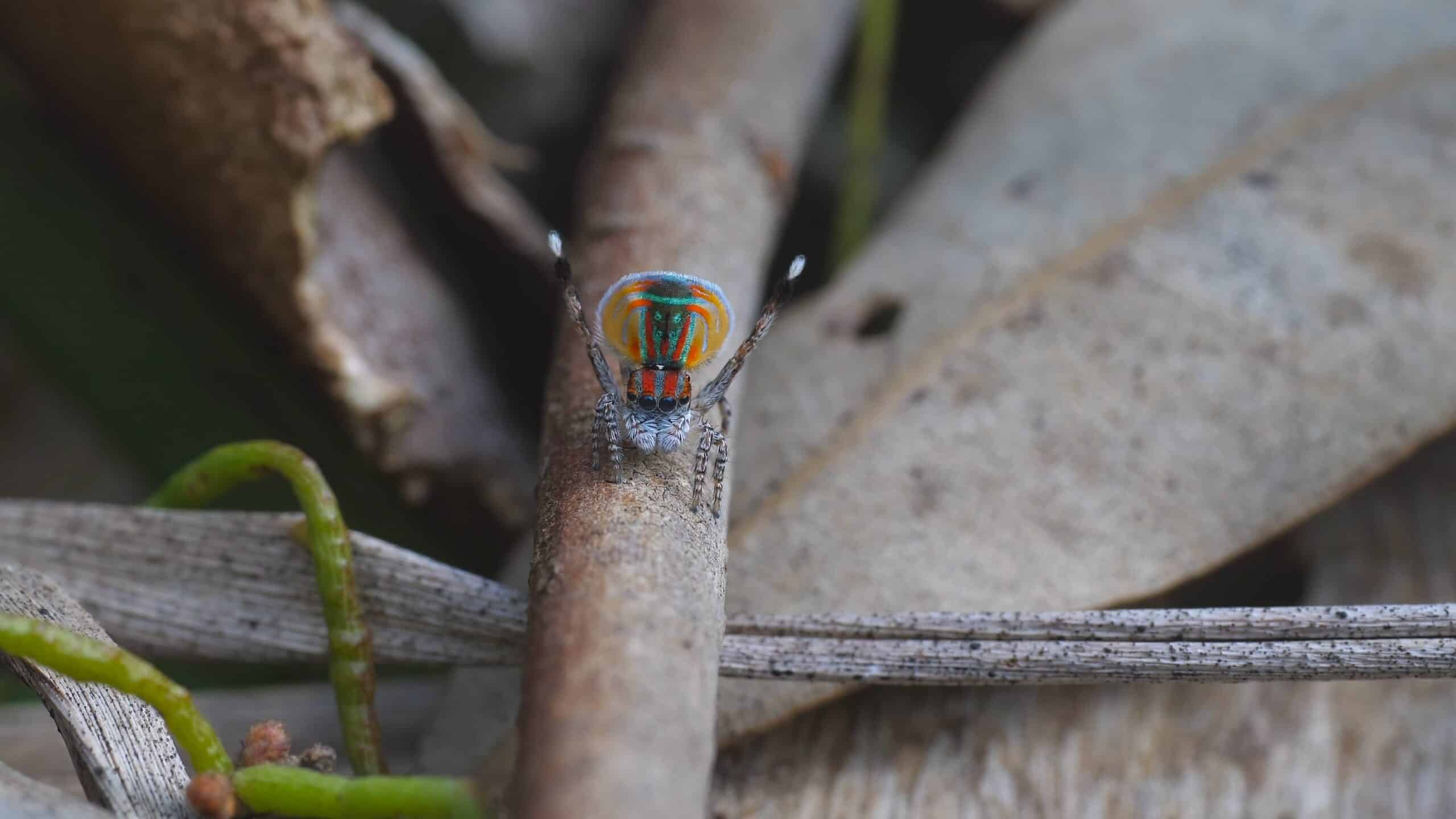
Peacock spiders have one of the most colorful and acrobatic mating rituals. The male sports a vibrant, fan-like extension on his abdomen, which he raises to showcase his bright colors. He then performs a complex dance, involving rapid leg movements and rhythmic vibrations. The dance is both a visual and auditory display. The female observes closely, and if she is pleased, she will accept him as a mate. The ritual is as much about precision as it is about beauty.
Seahorse
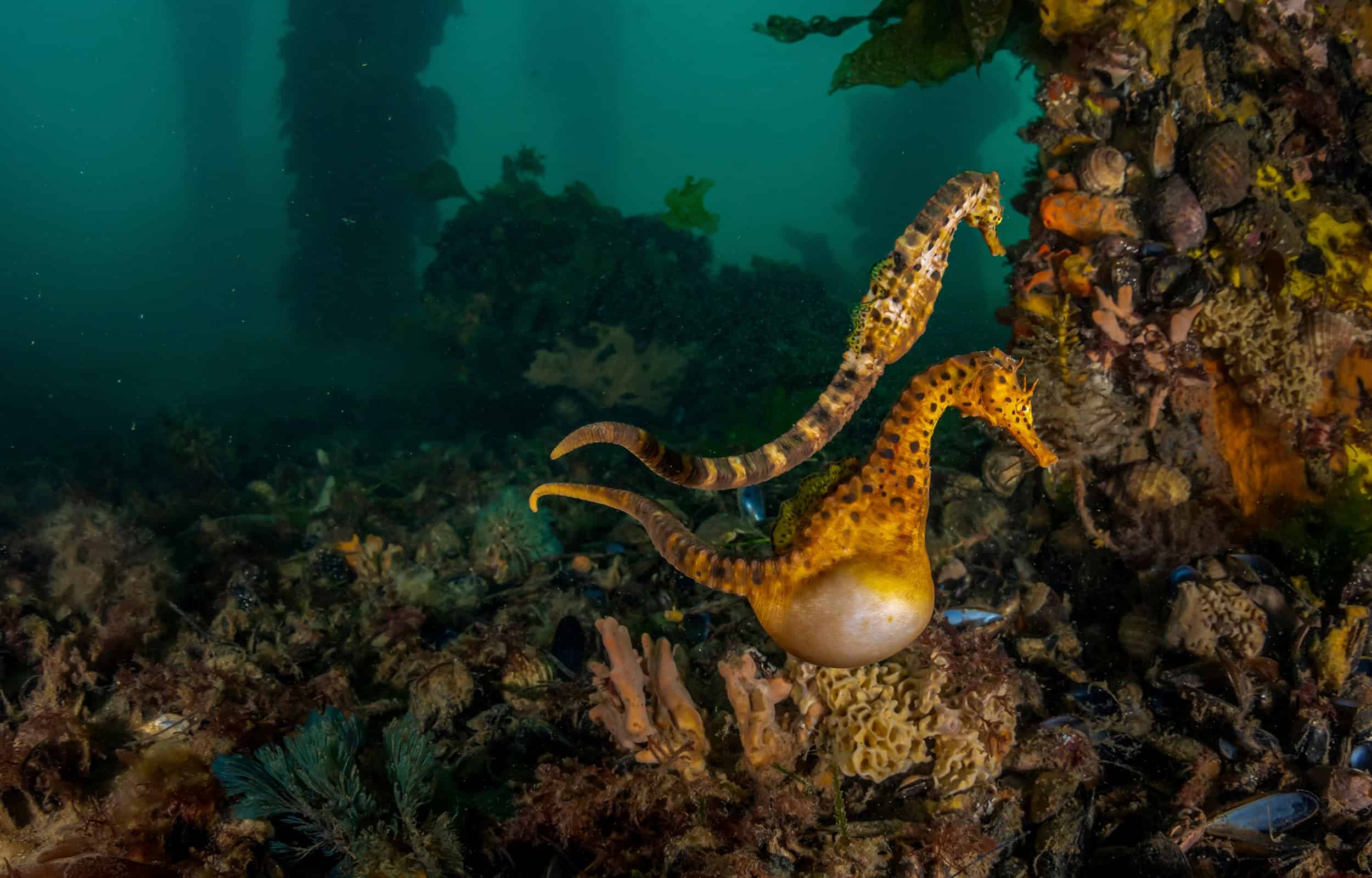
Seahorses are unique in the animal kingdom, particularly for their role reversal in reproduction. The male carries the fertilized eggs in a specialized pouch. Before this, a pair of seahorses engage in an intricate courtship dance, which can last for several days. They entwine their tails and swim together in perfect harmony. The dance strengthens their bond, leading to the transfer of eggs from the female to the male. The male then fertilizes and carries the eggs until they hatch.
Japanese Pufferfish
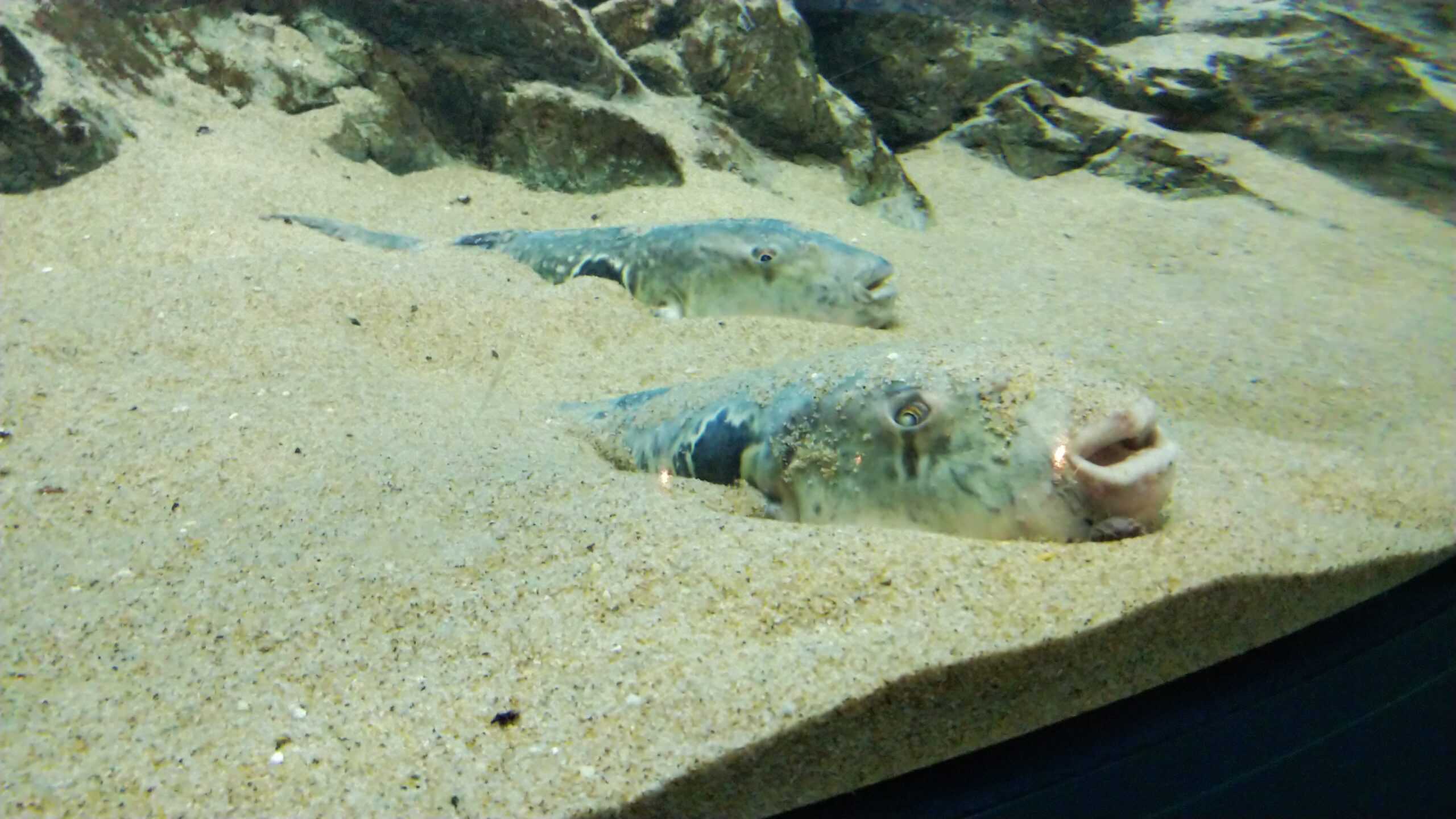
The Japanese pufferfish is a master artist when it comes to mating. The male spends days creating intricate patterns in the sand, often spanning several feet in diameter. These geometric patterns are designed to attract a female. The precision and symmetry of the design are critical. The female inspects the pattern closely, and if she is satisfied, she will lay her eggs in the center. The male then fertilizes them, ensuring the continuation of the species.
Red-capped Manakin
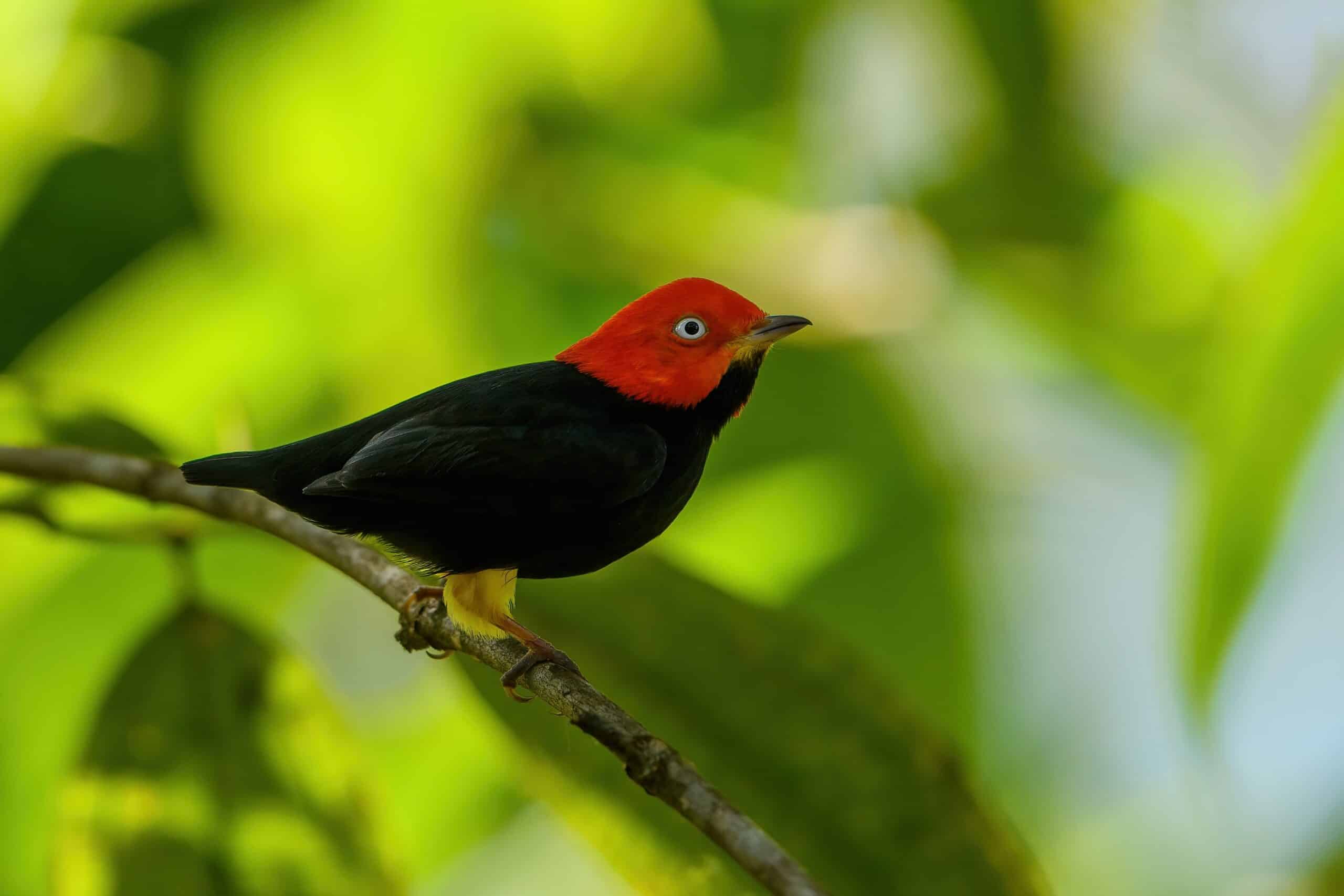
The red-capped manakin is famous for its moonwalk-like dance. The male performs a series of rapid, backward slides along a branch, reminiscent of the iconic dance move. His vibrant red cap and black body contrast sharply against the green forest backdrop. The dance is a visual spectacle meant to catch the female’s attention. Along with the dance, he also makes a series of clicking sounds. If the performance is impressive enough, the female will mate with him.
Bonobo
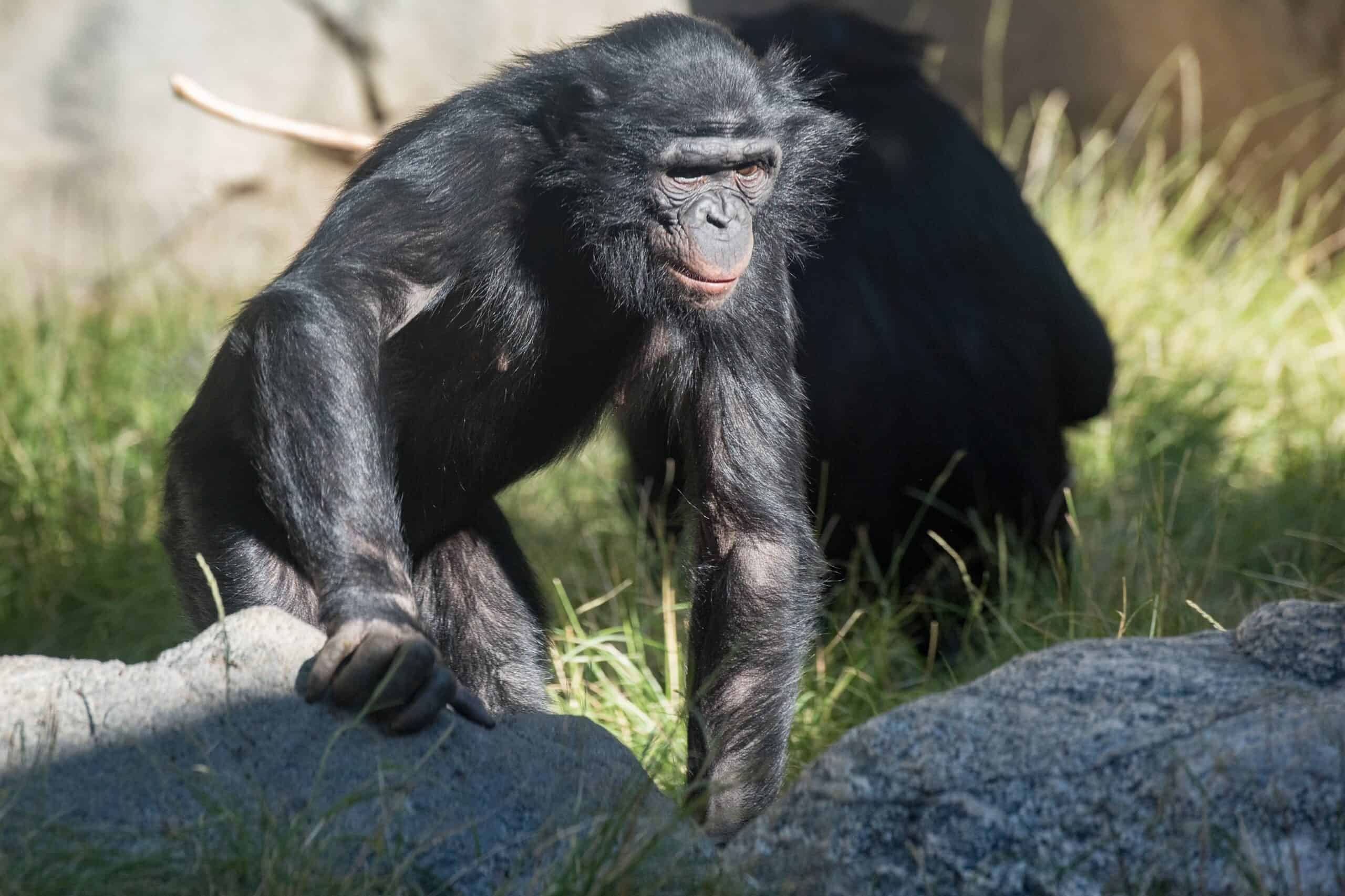
Bonobos are known for their complex social structures and unique mating rituals. Unlike many species, bonobos use sexual interactions as a means of social bonding, not just reproduction. Their mating rituals are highly social and often involve multiple partners. These interactions help maintain peace within the group. They also use a variety of vocalizations and gestures during these rituals. This behavior sets them apart from many other primates, highlighting their unique approach to relationships.
Fiddler Crab
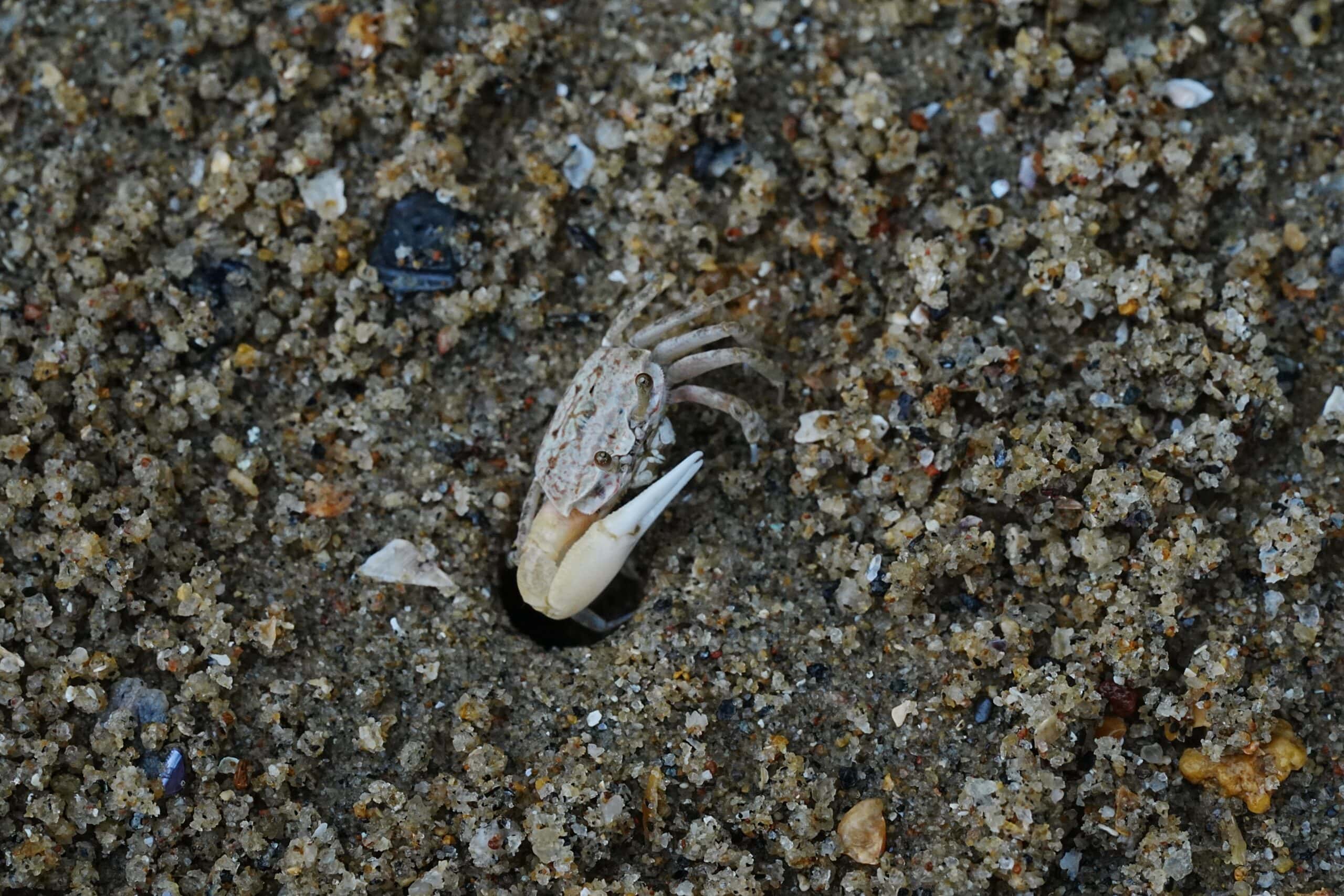
Fiddler crabs are named for their one oversized claw, which plays a crucial role in their mating rituals. The male waves his large claw in a rhythmic motion to attract a female. The size and vigor of the wave are important, as they signal the male’s fitness. He also constructs a burrow, which he uses to entice the female. If she is impressed, she will follow him into the burrow to mate. The waving and burrow building are key components of this ritual.
Great Crested Grebe

Great crested grebes are known for their elaborate courtship dances. The ritual involves a series of synchronized movements between the male and female. They face each other, shake their heads, and rise out of the water in unison. This display is known as the “weed dance.” Both birds offer pieces of aquatic plants to one another. The entire process strengthens their bond, leading to a successful pairing.
Lyrebird
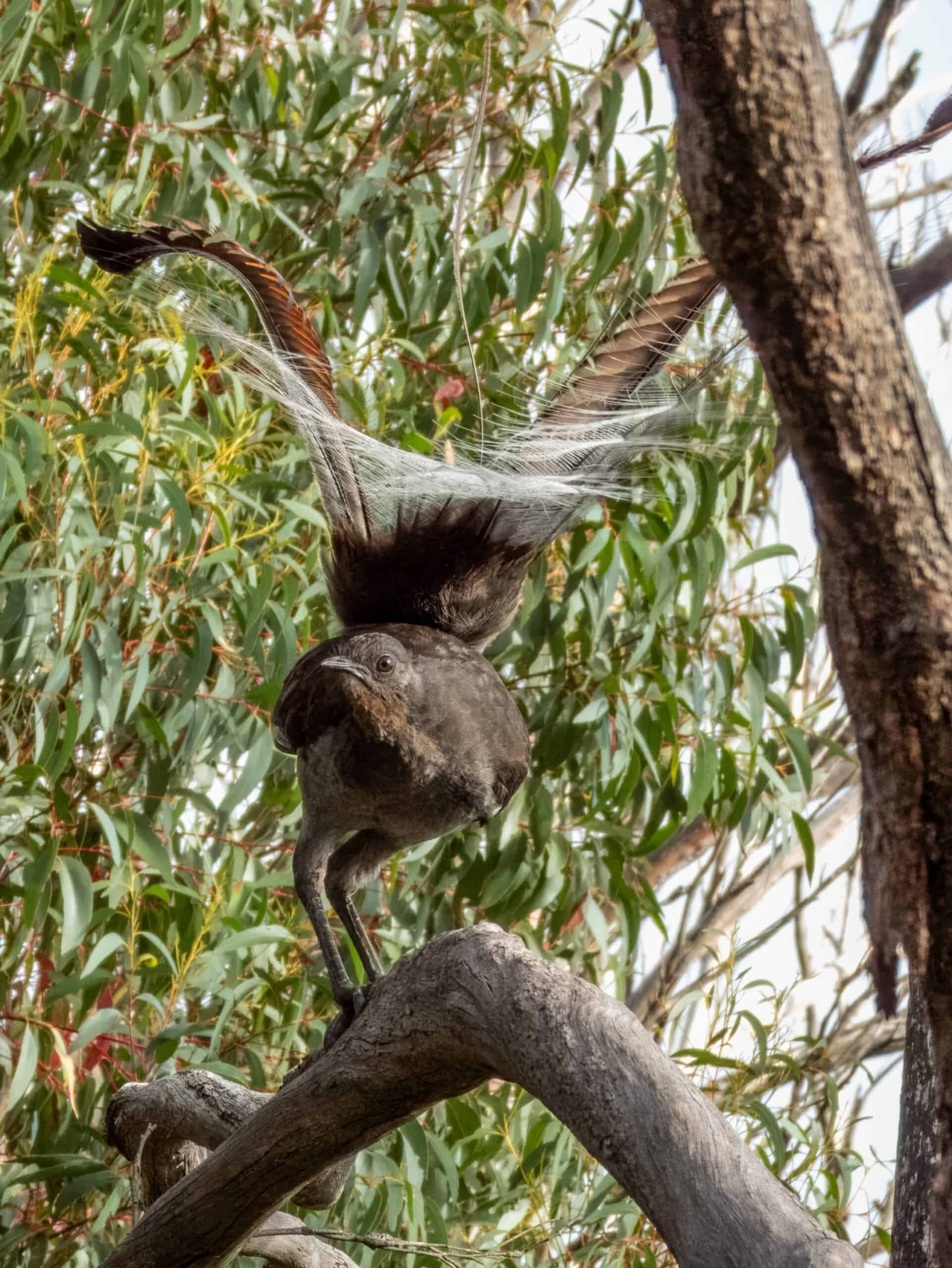
The lyrebird is famous for its extraordinary ability to mimic sounds. During mating season, the male performs an impressive vocal display, imitating the calls of other birds and even mechanical noises. Along with his vocal talents, he fans out his elaborate tail feathers. The dance and sounds are designed to attract a female’s attention. Each element of the performance showcases his versatility and skill, essential for winning a mate.
Garden Snail
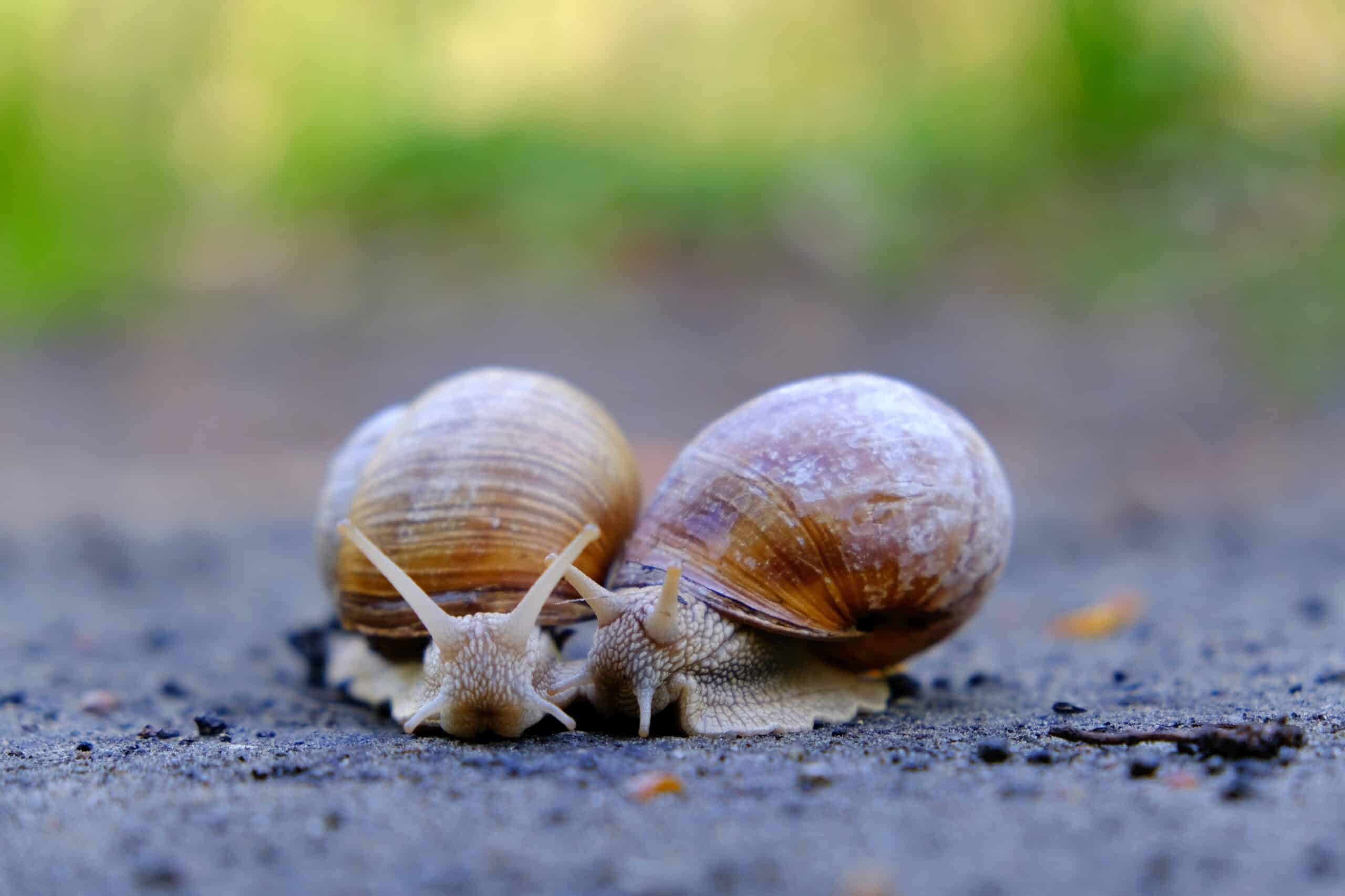
Garden snails have a slow and deliberate mating ritual. They are hermaphrodites, meaning each snail has both male and female reproductive organs. Before mating, they engage in a process called “love darts,” where one snail pierces the other with a calcareous dart. This action increases the chances of successful fertilization. Following this, both snails exchange sperm. The entire ritual is a delicate and slow process, lasting several hours.
White-fronted Parrot
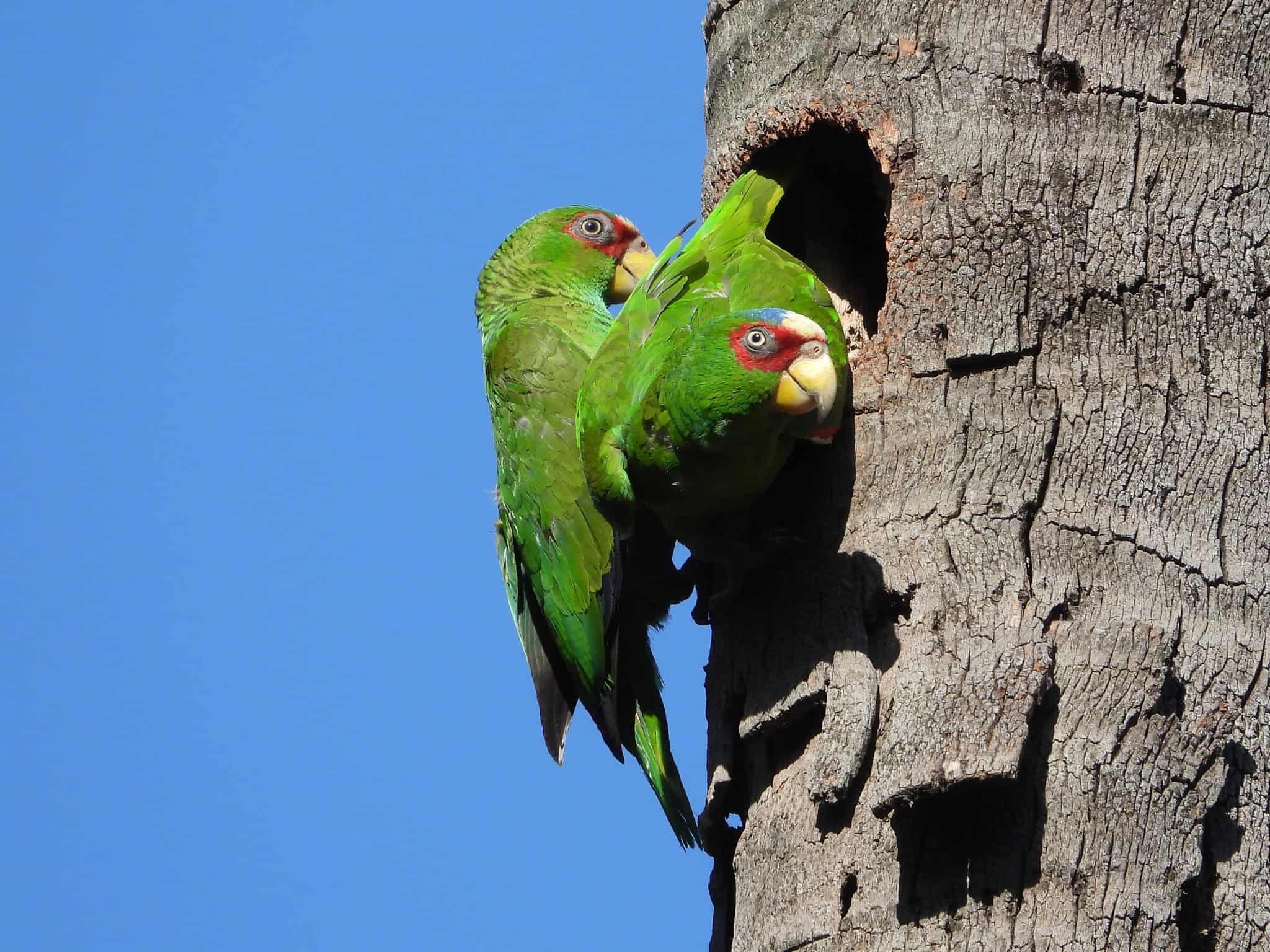
White-fronted parrots have a vibrant and interactive courtship ritual. The male begins by feeding the female as a display of his ability to provide. He also performs a series of head bobs and wing flaps to show his enthusiasm. The female responds by mimicking these movements. This mutual display strengthens their bond. Once the pair is in sync, they are ready to mate, often staying together for life.
Sage Grouse
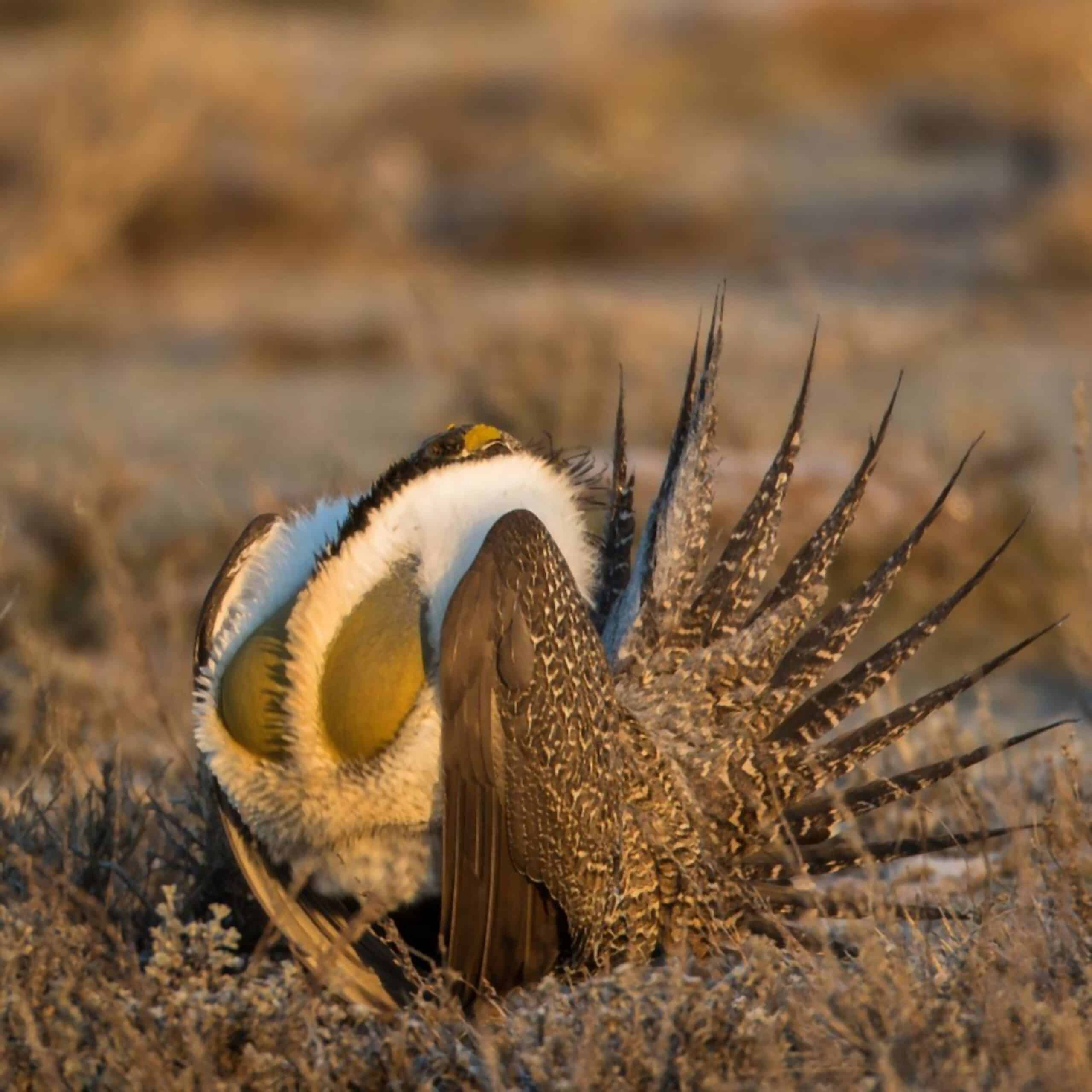
Sage grouse are known for their dramatic mating displays on leks. The male inflates large, yellow air sacs on his chest, creating a series of popping sounds. He struts around the lek, showing off his tail feathers and bright throat. The display is as much about sound as it is about visual appeal. Females watch from the sidelines, choosing mates based on the quality of the performance. Only the most impressive males get the opportunity to mate.
Giraffe
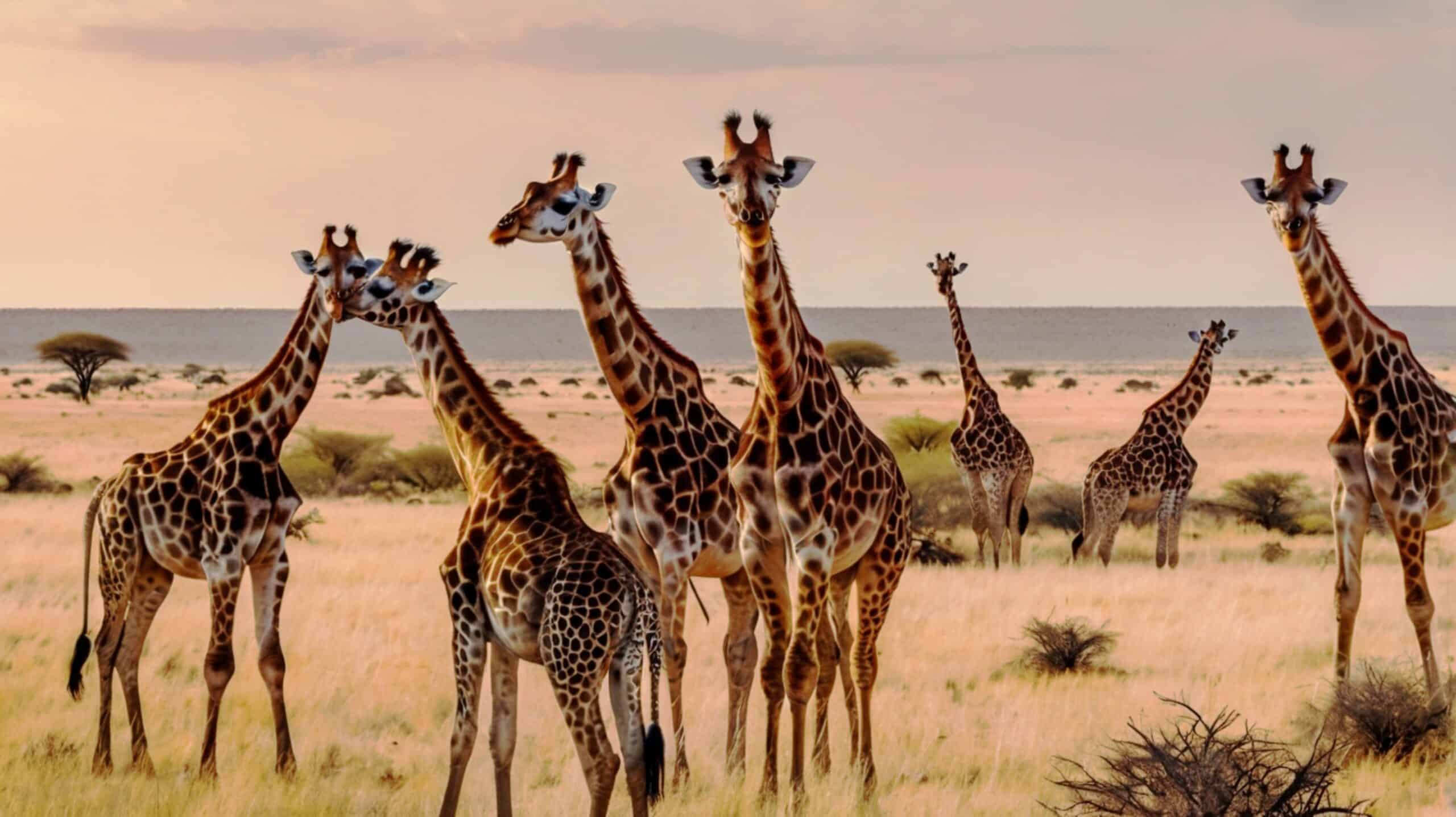
Giraffes have a unique and somewhat surprising mating ritual. The male will taste the female’s urine to determine if she is in estrus. This behavior, known as the “flehmen response,” helps him assess her fertility. If she is ready to mate, the male will follow her closely. The courtship involves a gentle nudging and rubbing of necks. Once the female is receptive, they will mate. The ritual is both intimate and practical.
Albatross

Albatrosses are known for their lifelong monogamous relationships, which begin with an intricate courtship dance. The ritual includes synchronized movements, bill clapping, and sky-pointing gestures. Each dance is unique to the pair, helping to strengthen their bond. These rituals can last several years before the pair finally mates. Once bonded, they remain together for life, returning to the same partner year after year.
Hooded Seal
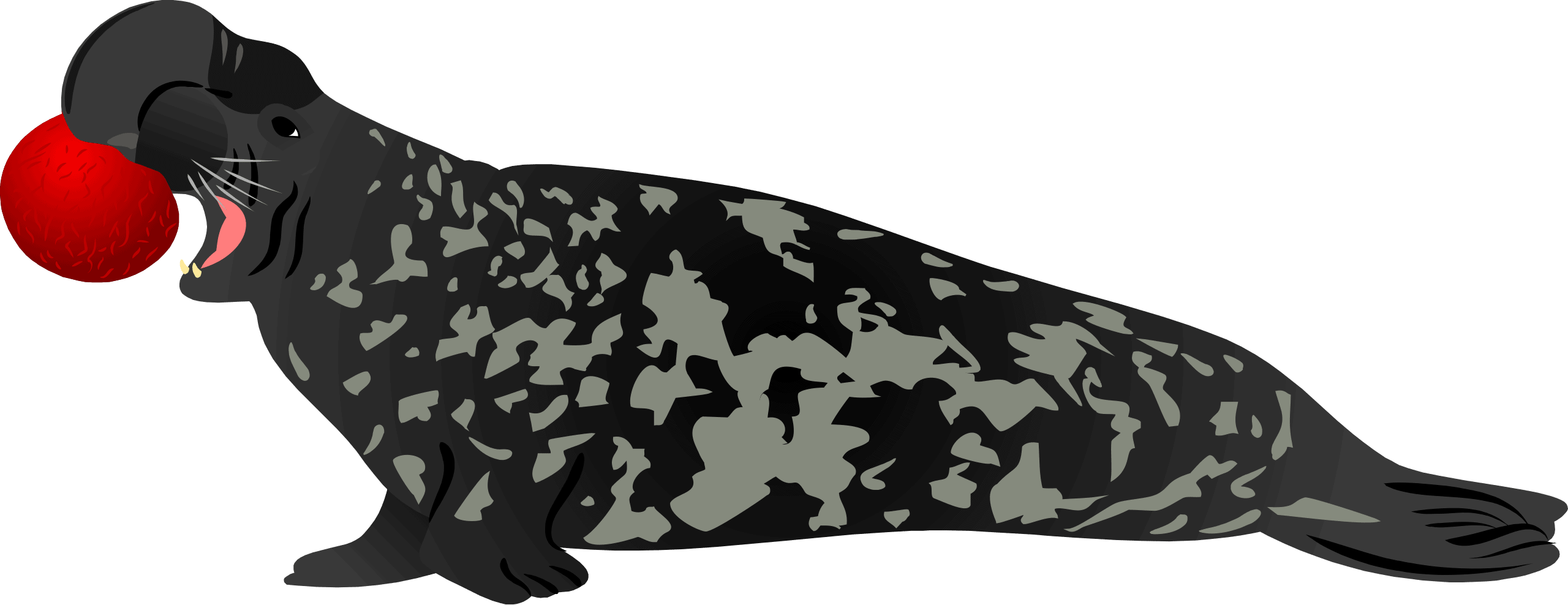
Hooded seals have a striking and unusual courtship display. The male inflates a red nasal sac, known as the “hood,” which extends over his face. He then blows up a pink balloon-like structure from one of his nostrils. This display is meant to intimidate rivals and attract a female. Along with visual displays, the male also produces loud vocalizations. The combination of sight and sound helps him secure a mate in the harsh Arctic environment.
Blue-footed Booby
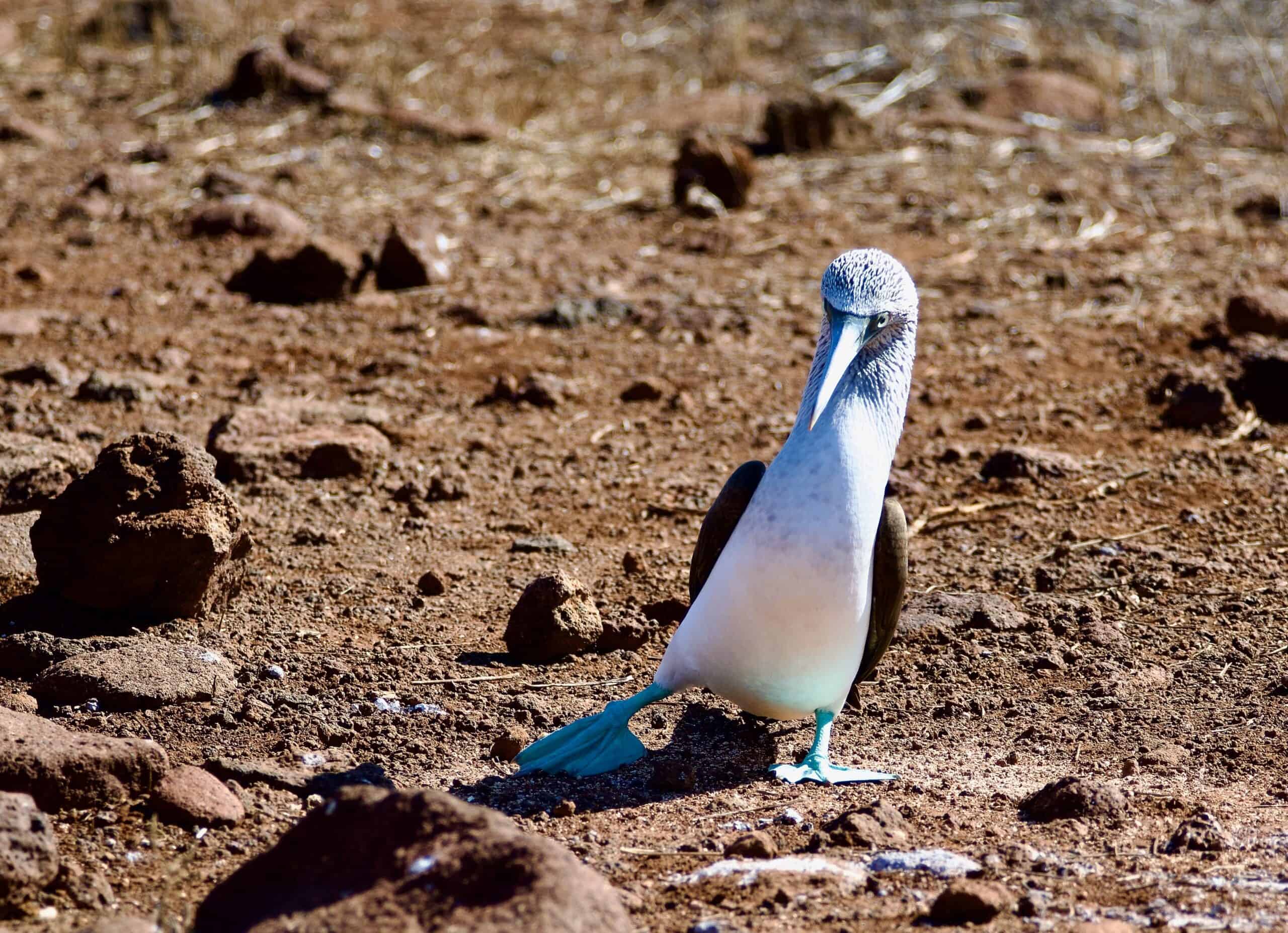
Blue-footed boobies are named for their striking blue feet, which play a central role in their mating ritual. The male performs a high-stepping dance to show off his brightly colored feet. The bluer the feet, the more attractive he is to the female. The dance also includes a series of head nods and sky-pointing gestures. If the female is impressed, she will join in the dance, leading to mating. The ritual highlights the importance of both color and movement in their courtship.
This article originally appeared on Rarest.org.
More from Rarest.org
1936 Buffalo Nickel Value Guide
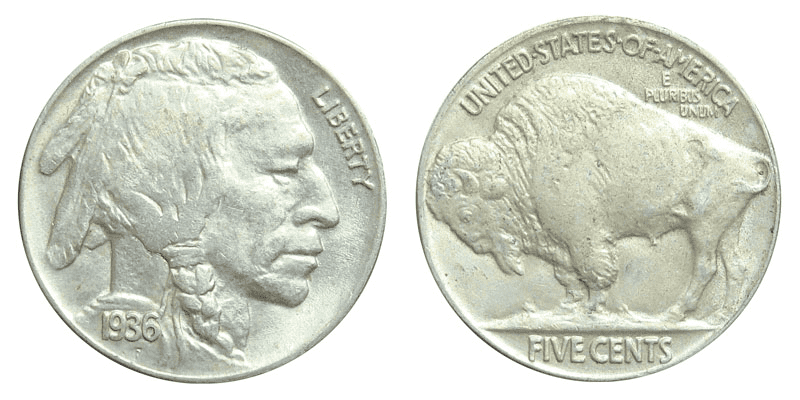
The Nickel 1936 coin had a history of divisive designs before becoming one of the most widely produced and exquisitely designed coins of the 19th century. Read More.
1995 Roosevelt Dime Value Guide

The 1995 Roosevelt dime features the 32nd president of the United States. This coin was struck about 30 years ago. Read More.
1942 Wheat Penny Value Guide
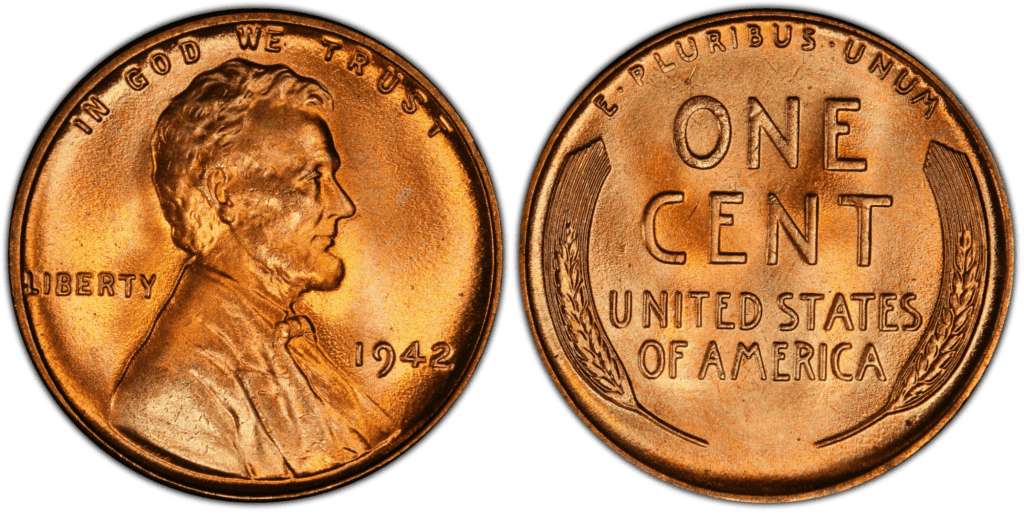
Victor D. Brenner designed the 1942 Lincoln Wheat Penny, one of the one-cent coins struck for circulation from 1909 to 1958. Read More.
